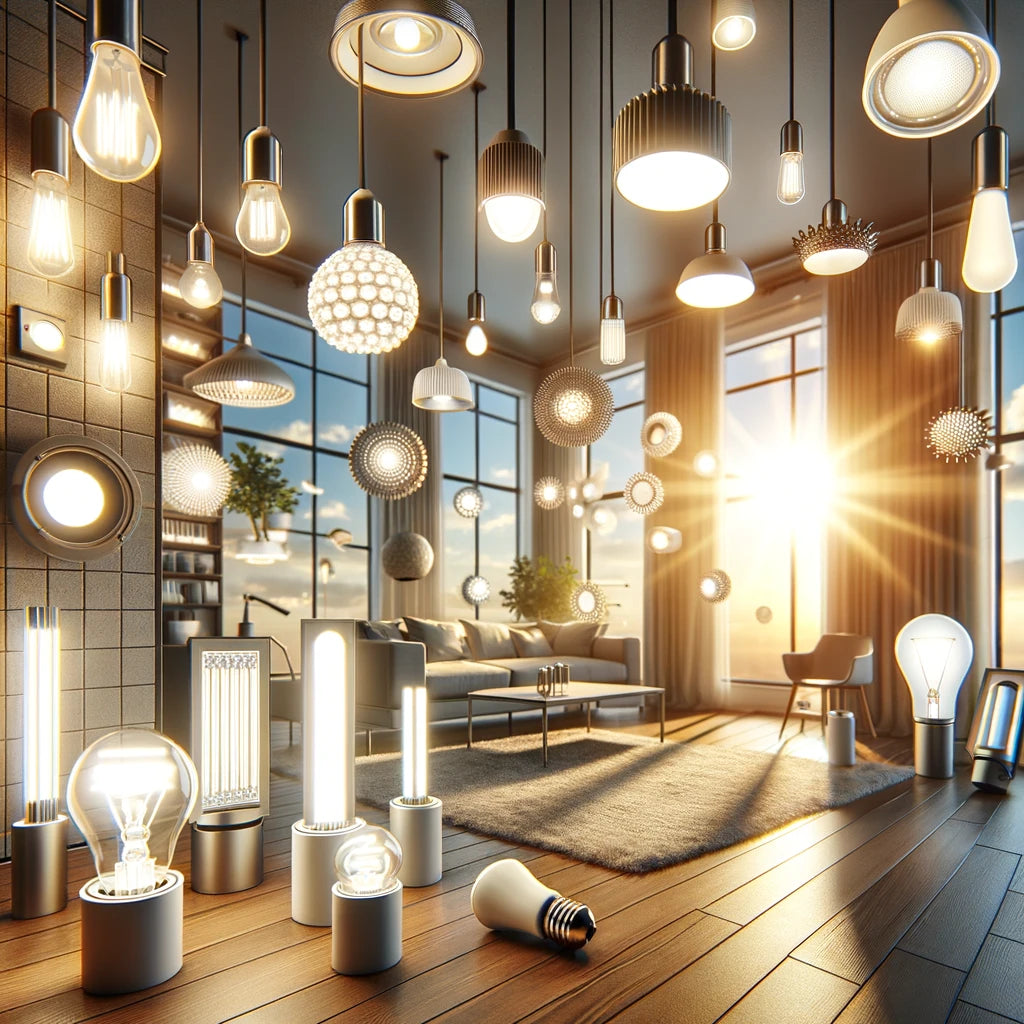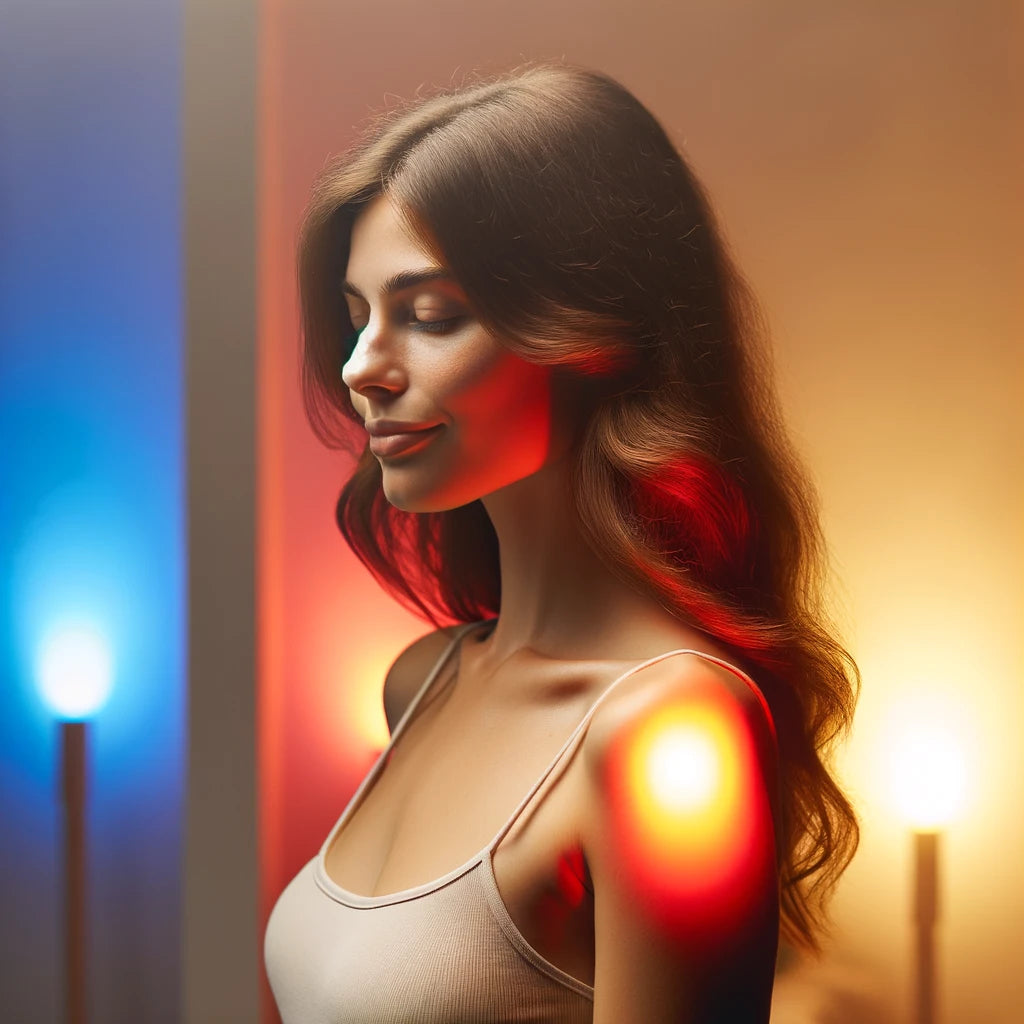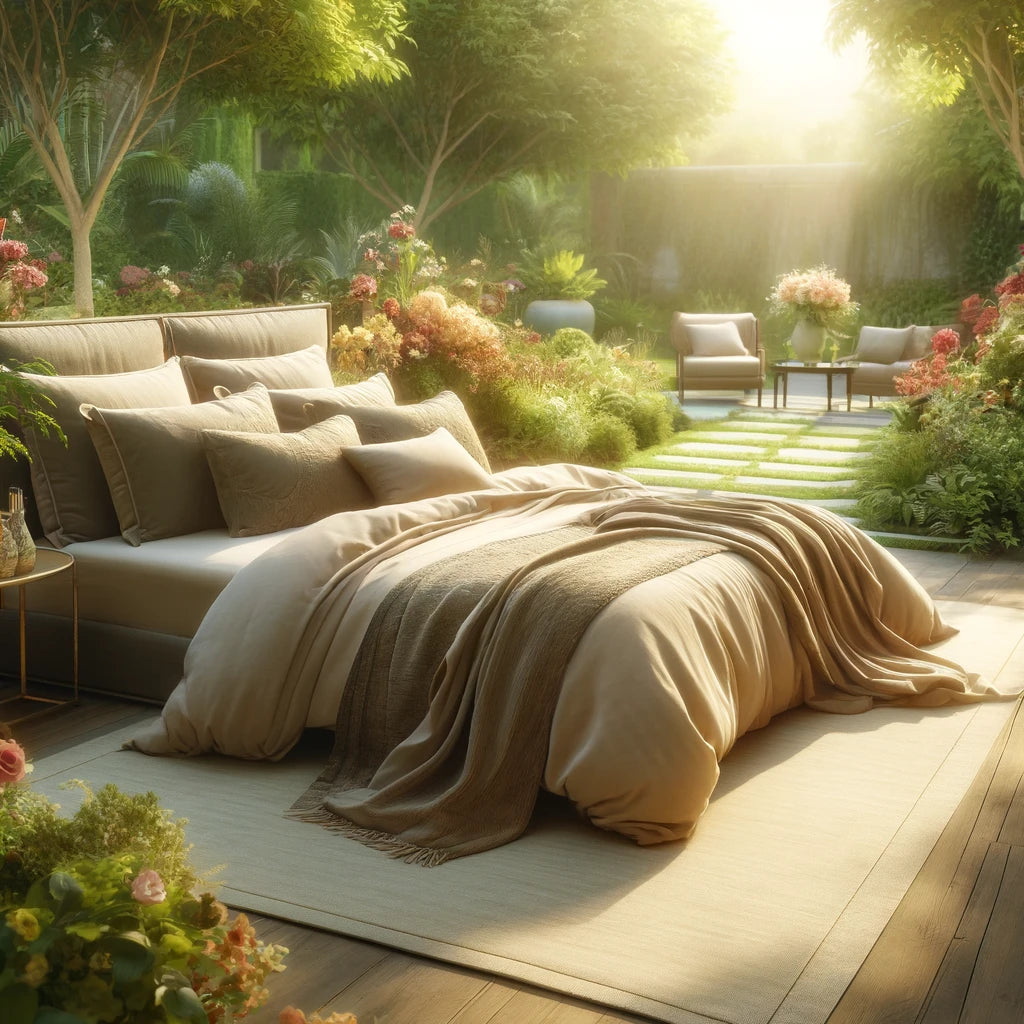Shedding Light on Sleep: Understanding Different Types of Light and Their Effects

When it comes to getting a good night's sleep, the type of light we're exposed to can make a big difference. Not all light is the same, and understanding these differences can help us make better choices for our sleep health. Let’s explore how various types of light affect our sleep.
Natural Light
Sunlight: Natural sunlight is crucial for regulating our circadian rhythms, the internal clocks that guide our sleep-wake cycles. Morning sunlight signals to our bodies that it’s time to wake up, boosting alertness and mood. Consistent exposure to natural light during the day helps maintain a healthy circadian rhythm, promoting better sleep at night. The best thing you can do to start improving your sleep is to get 20 mins of unfiltered light ( no sunglasses) after you wake up. I wish Doctors would prescribe this as often as they prescribe medicines.
Dawn and Dusk Light: The gradual increase of light in the morning (dawn) and the decrease in the evening (dusk) are essential for signalling transitions between sleep and wakefulness. Dawn light gently wakes us up, while dusk light prepares our bodies for sleep by stimulating melatonin production.
Artificial Light
Incandescent Light: Traditional incandescent bulbs emit a warm, yellowish light that resembles natural sunlight in the late afternoon. This type of light is less likely to disrupt sleep than other artificial lights. However, it’s still best to dim these lights in the evening to signal to your body that it’s time to wind down.
Fluorescent Light: Commonly found in offices and schools, fluorescent lighting emits a cooler, bluish light. Prolonged exposure, especially in the evening, can interfere with melatonin production and disrupt sleep. Limiting exposure to fluorescent lighting at night is advisable.
LED Light: LED lights are energy-efficient and widely used in homes and electronic devices. They emit a bright, often bluish light that can disrupt sleep. The blue light from LEDs can suppress melatonin more than other artificial light, making it harder to fall asleep.
Halogen Light: Halogen bulbs produce a bright, white light similar to natural daylight. While they are more energy-efficient than incandescent bulbs, their bright light can also interfere with melatonin production. It’s best to use halogen lights during the day and switch to dimmer, warmer lights at night.
Smart Lighting: Smart lighting systems can adjust the colour and intensity of light throughout the day to mimic natural light patterns. In the morning, they can emit a bright, bluish light to help you wake up. In the evening, they can shift to warmer tones to promote relaxation and prepare your body for sleep.
Light from Electronic Devices
Screens (TVs, Computers, Tablets, Smartphones): Electronic device screens are significant sources of blue light, which can be highly disruptive to sleep. Blue light exposure in the evening can delay melatonin production and shift your circadian rhythm, making it harder to fall asleep and reducing sleep quality. It’s best to limit screen time at least an hour before bed and use night mode settings to reduce blue light emission.
Mitigating the Impact of Artificial Light
Understanding the effects of different types of light can help you create a sleep-friendly environment. Here are some tips:
- Use Warm, Dim Lighting in the Evening: Opt for incandescent or smart lighting that can be dimmed in the evening to signal to your body that it’s time to wind down.
- Limit Blue Light Exposure Before Bed: Reduce screen time an hour before bedtime, use blue light filters on devices, and consider wearing blue light-blocking glasses in the evening.
- Maximise Natural Light Exposure During the Day: Spend time outdoors or near windows to boost your exposure to natural light, helping to regulate your circadian rhythm.
- Create a Dark Sleeping Environment: Use blackout curtains and minimise light sources in your bedroom to create a dark environment conducive to sleep.
By being mindful of the types of light we expose ourselves to throughout the day and evening, we can better support our natural sleep-wake cycles and improve our overall sleep quality.
We are SiEST Sleep and your sleep matters to us.



